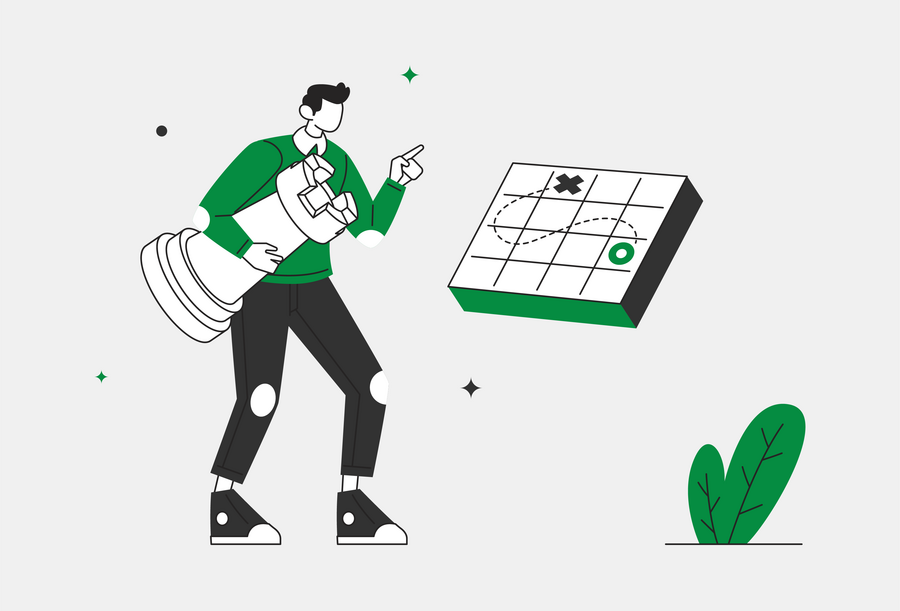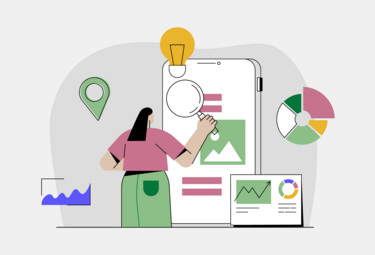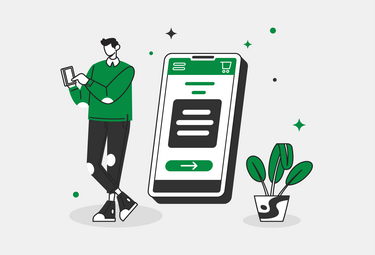User Experience is one of the key elements whilst developing software and online applications. Adapting the product to the user's needs is an important activity to attract new customers and retain current ones. Thanks to the work of UX designers, a product can be crafted in such a way that it makes it easier for individual users, or even institutions, to function on a daily basis. Given a choice between a website or application adapted to their needs and a system that does not meet all requirements, users will opt for the more convenient option. The goal, therefore, when creating new products, is to understand these expectations and adapt them to previously outlined plans. This is what designing with a User Experience strategy helps with. It sets the main directions to be followed in the design process, so that the newly created website or application is user-friendly.
What is UX?
User Experience is a process aimed at increasing user satisfaction with a product. UX design makes the use of a given service, system or application more practical, intuitive and convenient. This happens through improved functionality and fit with the target audience. UX designers focus on users and how they perceive a given system or application. Using various analytical tools, they study their expectations and needs to create a product that is useful and well perceived. Therefore the product and its UX is supposed to fully meet all of these requirements. UX designers nurture this positive experience and strive to create a product fully tailored to the user. For more information on UX, please have read at this article: UX and UI - what is it and what are the differences?
How to determine an effective UX strategy? The different stages of design
A strategy is an overall roadmap to align business requirements, user needs and technical capabilities under a product. A good concept should include research, plan verification and testing to help verify assumptions and prioritize given features. This avoids wasting time creating such options that will not be useful to the user. Thus, the strategy allows you to carefully plan the activities over the project, so that you do not rely on mere assumptions and useless ideas. After creating a strategy, it is necessary to move on to the next stages of UX design - these are:
- IA (Information Architecture):
- IA design involves classifying content so that it is understandable and intuitive, and organizing it so that users can easily find everything they need - so it organizes information to increase the usability of a product,
- IA is particularly important in terms of business - if it is not designed properly, the user may abandon the product, and this will result in losses (sales will begin to fall, and as a result - maintenance costs will outstrip revenues, leading to a product recall),
- User flows:
- UX designers create them to plan and demonstrate show how users move through a site or application,
- These sketches help determine how many pages or screens of an application a person using the product needs to reach a goal,
- Mockups [wireframes]:
- UX designers create mock-ups of the appearance of a given website or application, and so decide where to place the various elements (text, buttons, etc.),
- these wireframes will form the foundation of the final graphic design of a given product,
- Testing:
- usability testing of a given website or application involves gathering a target group and observing its behavior when interacting with the prepared concept,
- this is one of the most important steps, because thanks to it it is possible to check the actual usability of the product,
- testing allows very early detection of possible logical errors and gives the opportunity to make changes, the cost of which at this stage will be very low.
Importance of User Experience during design
The role of UX designers is particularly important in the whole process of designing and developing software. Thanks to their research, it is possible to avoid creating a product that does not fully respond to the needs of users and does not meet their expectations. Designers verify the target group and determine their requirements which in turn allows them to create an app that meets them. Thus, the cooperation between UX designers and clients or end users is very important. This gives them the opportunity to control the work on the product as it’s created and thus - to avoid different visions. Designers create user-oriented designs, so it is important for them to prepare mock-ups, which help determine the direction of work and expectations. All of this helps to facilitate and align the common vision of the people creating the app and the people that will end up using it.
So, to summarize, the activities of UX designers are crucial for a product or service to gain recognition in the eyes of users. Products that are fully tailored to the needs of those who use them can significantly contribute to business growth, and thus affect the bottom line. It is worth keeping this in mind when designing new services or applications.





